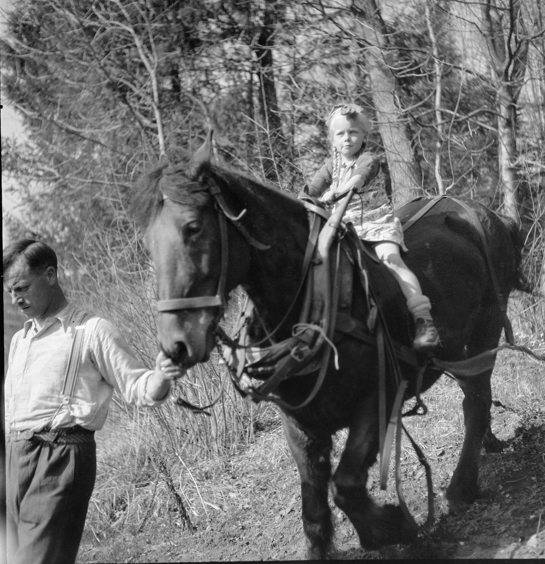
Until the middle of the 20th century, children were an integral part of the farming economy from an early age. Their care by adults (parents, family members, farm labourers) and their learning and work were closely interlinked and could hardly be separated from each other in everyday life. The animals working on the farms, especially horses and dogs, which usually lived under the same roof as the people, therefore, also played an important role in the process of socialising the children into the working and living environment on the farms. In countries like Switzerland, the number of working horses and dogs on farms increased steadily until the second half of the 1940s. This increase of working animals strengthened the opportunities to combine work and childcare, as illustrated by the photograph taken by Bernese photographer Eugen Thierstein in 1939.
For more information on the relationship between men, women, working animals and children see the Video Essay “Working Animals: Hidden modernisers made visible” by Peter Moser & Andreas Wigger, published in the Series Video Essays in Rural History by the Archives of Rural History and the European Rural History Film Association.
Author: Peter Moser, Switzerland
